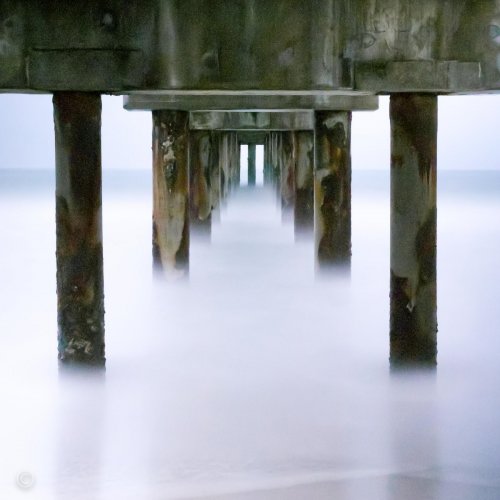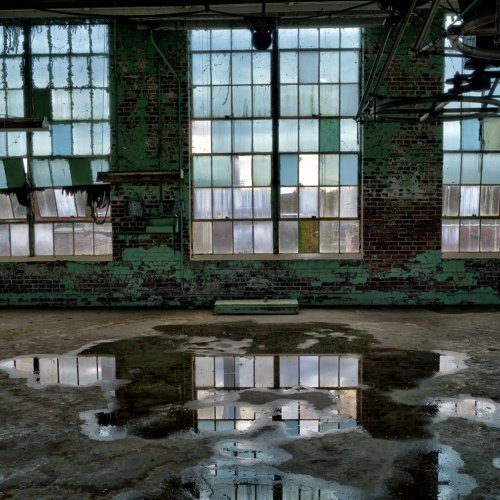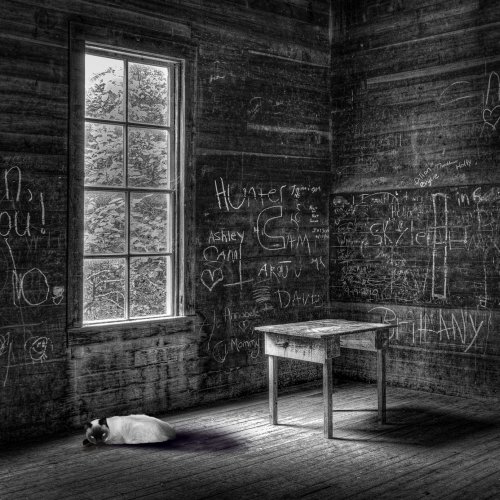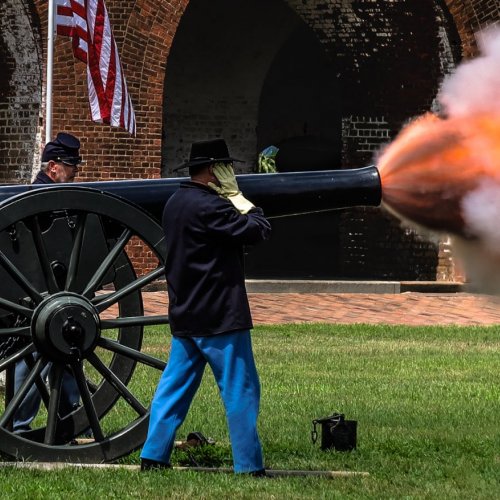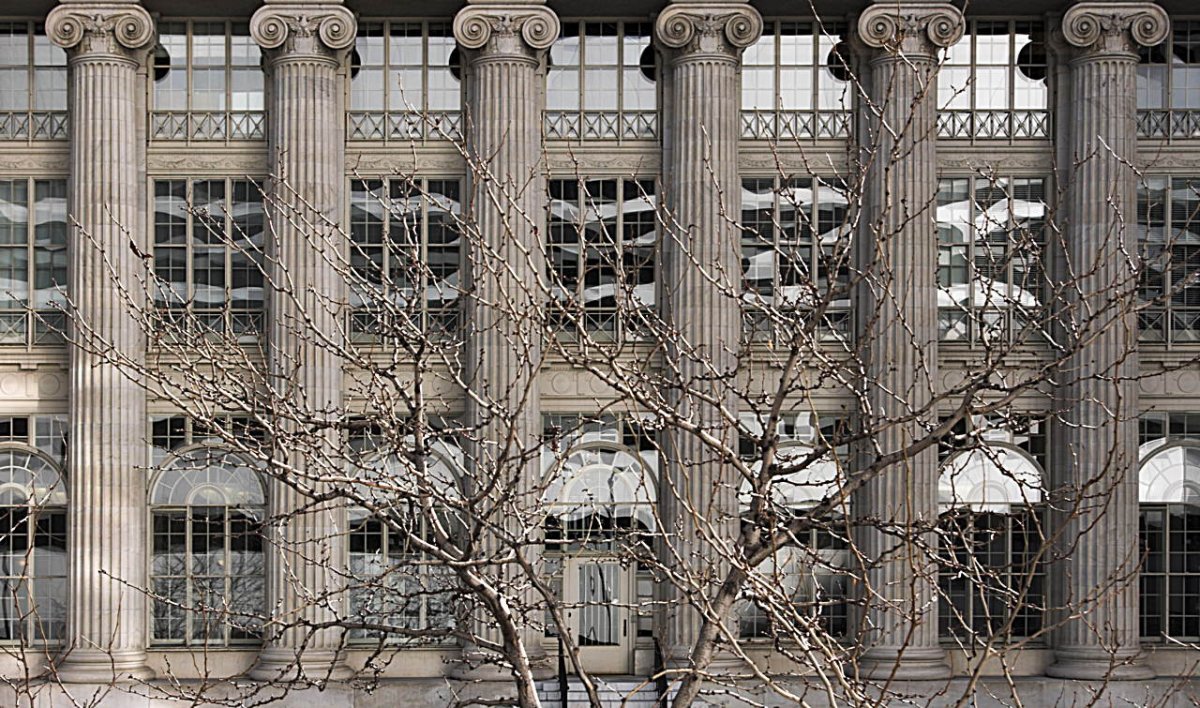What is Composition?
Composition constitutes perhaps the most important facet of a successful photograph. We all seem to know a good composition when we see one in a finished image. But capturing a great composition through the viewfinder (or on the rear screen) can be deceptively difficult when trying to do it!
Composition is simply the arrangement of image elements (important or dominant ones and others) within the frame. What the photographer chooses to include in the frame and where those “pieces of the picture” go in the frame make the composition – and largely determine whether an image is intriguing or boring.
Why is Composition Important?
The photographer’s jobs seem simple: decide what will be included in the frame and place what’s included in a way that pleases the viewer.
The photographer’s first priority must be to include something (or things) in the image frame that will attract the viewer. Unless your audience’s eye is pleased quickly, they won’t linger very long. Your composition should direct the viewer’s eye to something interesting right away. Give your viewers something to focus on first, and hopefully nearly instantly.
 St. John’s Pier by Janerio Morgan
St. John’s Pier by Janerio Morgan
For your lookers to stay engaged, consider including, and carefully placing, additional elements that keep the viewer looking around at more details. To hold a viewer’s interest your image should establish a sense of flow. When a viewer stays with an image, they have a natural sense of pleasure and balance. Their eyes dance across the image, fully taking in what attracted them in the first place and moving to other interesting features that enhance the experience and feeling of the whole image.
 Abandoned by Stan Greenberg
Abandoned by Stan Greenberg
The very best images have compositions that encourage one’s eye to dwell on the subject(s), urge your attention to visit the details, and captivate the viewer’s eyes and mind into looking at all the elements of your image over and over again. In a nutshell, composition directs the viewer’s attention.
The Photographic Context for Composition (John Swarkowski, The Photographer’s Eye)
Practical composition needs to consider photography’s basic context. John Swarkowski, in The Photographer’s Eye, broke the photograph down into five essential components: subject (what Swarkowski called, “The Thing Itself.”), detail (and pattern), framing, vantage point and time. It’s a great idea to carefully consider all five when composing any photograph.
Subject(s) - Compelling subjects make for good photographs. Interesting arrangements of subject(s) and other image components can make great photographs.
Detail(s) (and Pattern(s)) – The subject’s context, details and patterns can add immensely to the meaning and impact of an image.
 American Carnage by Darryl Neill
American Carnage by Darryl Neill
Framing – Selecting the subject(s), detail(s) and pattern(s) to include in a photograph also involves deciding where the photograph ends – where to place the edges of the image. Even though all aspect ratios are arbitrary, choosing the best frame dimensions for your image is not. Whether 3:2, 4:3, 16:9, or square, etc. works best is up to the photographer.
Vantage Point – Any subject can be viewed, and photographed, from many angles, in fact, an infinite number of angles! Just think of your subject at the center of a sphere. The photographer can choose to shoot from anywhere on that sphere. And the radius of the sphere (distance to the subject) can also be chosen. (That's multiple infinities to choose from!)
Time – When to press the shutter and what shutter speed to use are both totally up to the photographer. Your choice of the “decisive moment” to capture an image, and whether to show “time itself” in ways that the camera can capture, but the human eye cannot, are both important decisions.
 Savannah Blast by Mike Shaefer
Savannah Blast by Mike Shaefer
Note: All of the images in this article won awards in the Atlanta Photographic Society's 2019 Masters Competition.)
Next Article - Understanding Composition From Great Works of Art - Part Two


